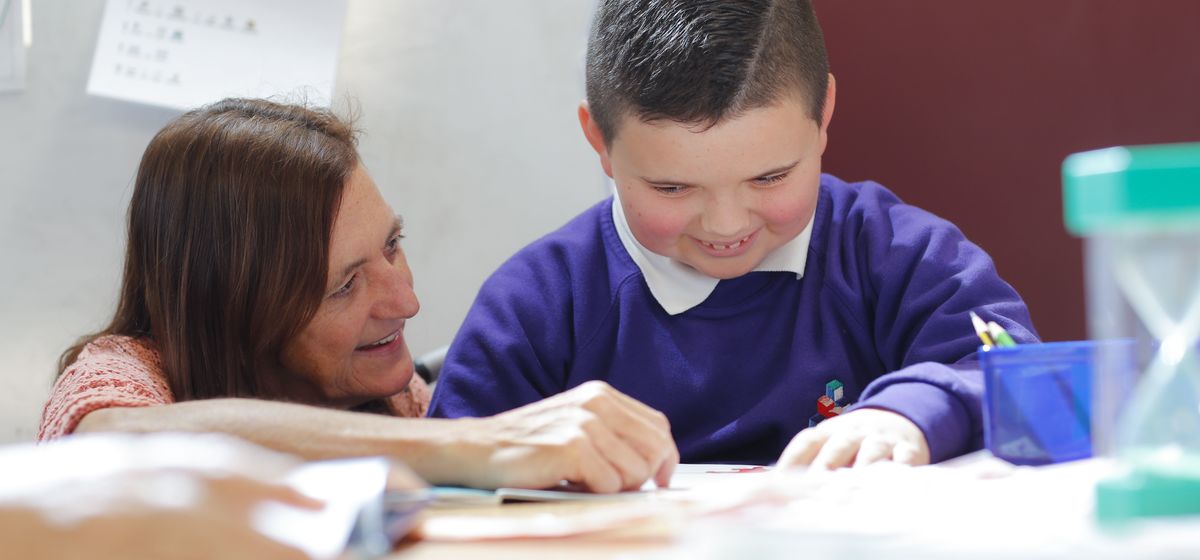Phonics
‘Sounds-Write’ Information
At Nexus School, we use a systematic phonics programme called ‘Sounds-Write’ which is designed to teach pupils to read, spell and write with phonics.
The aim of this information is to give you a clear picture of how we approach the teaching of phonics and word recognition and how, as a parent or carer, you can support and encourage your child at home.
If you would like more information, then please do not hesitate to contact your child’s class teacher
Sounds-Write is effective in teaching pupils to read, spell and write because it starts from what all children know from a very early age – the sounds of their own language. From there, it takes them in carefully sequenced, incremental steps and teaches them how each of the 44 or so sounds in the English language can be spelt.
The words used in the teaching process and the conceptual knowledge of how the alphabet code works are introduced from simple to complex, in accordance with the fundamental principles of psychological learning theory. For example, at the start, simple, mutually implied (one sound, one spelling) CVC words (consonant, vowel, consonant) only are introduced. Pupils quickly learn to read and spell words such as 'mum', 'dog', 'jam' and 'sit'. When all the single-letter sound-spelling correspondences have been introduced and established, Sounds-Write initiates the concept that the sounds '', '', '' and '' can be spelt with the two letter-spellings '', '', '' and '', respectively.
As the programme progresses, the complexity of one-syllable words is carefully increased through a variety of VCC, CVCC, CCVC, CCVCC and CCCVC words, such as, for example, 'elf', 'hand', 'swim', 'trust' and 'scrub'.
After this, pupils' understanding of the concept 'two letters - one sound' is further developed through the introduction of the most common consonant two-letter spellings: '', '' and '', in words like 'shop', 'chimp' and 'thin', for example.
Finally, two, three- and four-letter spellings of the vowels are introduced and pupils are taught how to read and spell polysyllabic words, starting with simpler words (such as 'bedbug') and gradually moving to the more complex (such as 'mathematical').
All of this is taught within a well-structured, incremental and coherent framework based on the knowledge - both conceptual and factual (see below) – on which the alphabet principle and thus the writing system is based and the three key skills needed to enable learners to use the principle effectively.
Our approach teaches the conceptual understanding needed to become an effective reader:
- that letters are spellings of sounds: visual language is a representation of spoken language
- that a spelling can contain one, two, three, or four letters - examples are: s a t, f i sh, n igh t and w eigh t
- that there is more than one way of spelling most sounds: the sound 'ae', spelt as in 'name', can be represented as in 'table', in 'rain', in 'eight', in 'play', and so on
- that many spellings can represent more than one sound: can be the sound 'e' in 'head', 'a-e' in 'break', or 'ee' in 'seat'
Within this conceptual framework, we teach the factual knowledge required to become an effective reader and speller: the approximately 176 spellings that represent the 44 or so sounds in English, starting with the simplest one-to-one correspondences.
Reading and spelling also requires expertise in the skills necessary to make use of the alphabet code and pupils need to be able to:
- segment, or separate sounds in words
- blend, or push sounds together to form words
- manipulate sounds: take sounds out and put sounds into words
Sounds-Write provides opportunities for practising these skills on an everyday basis until pupils achieve the automaticity required for fluent reading and spelling.




